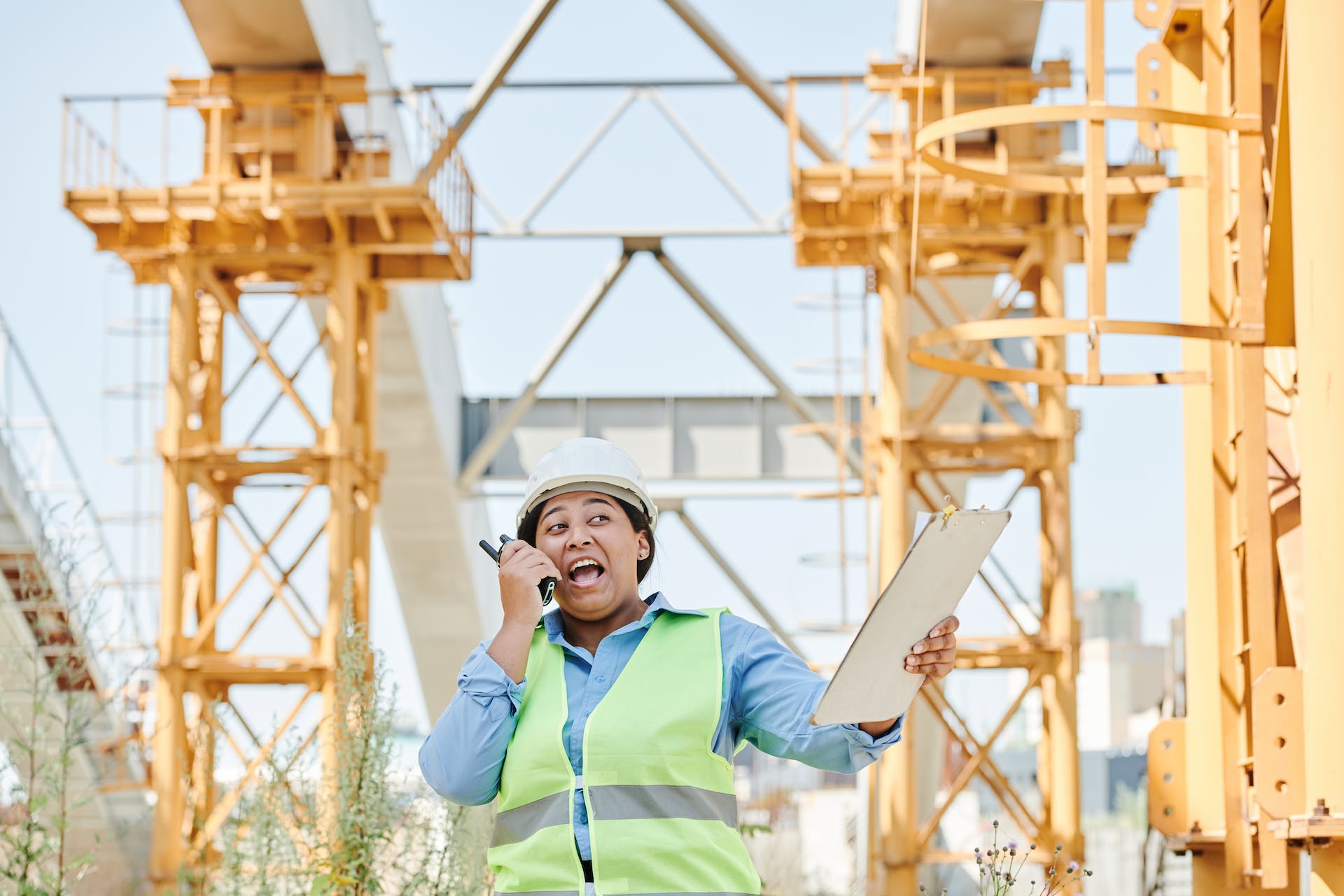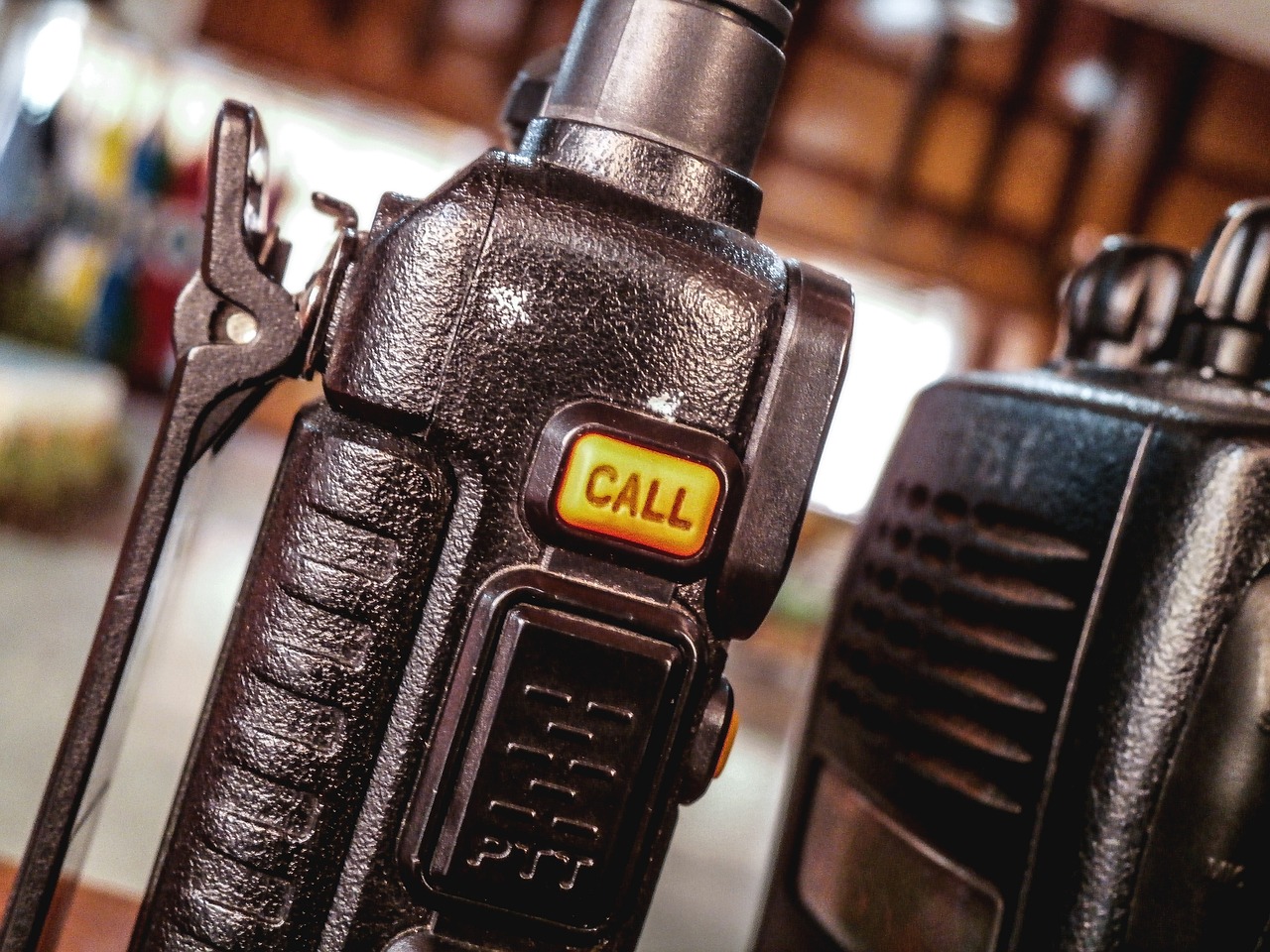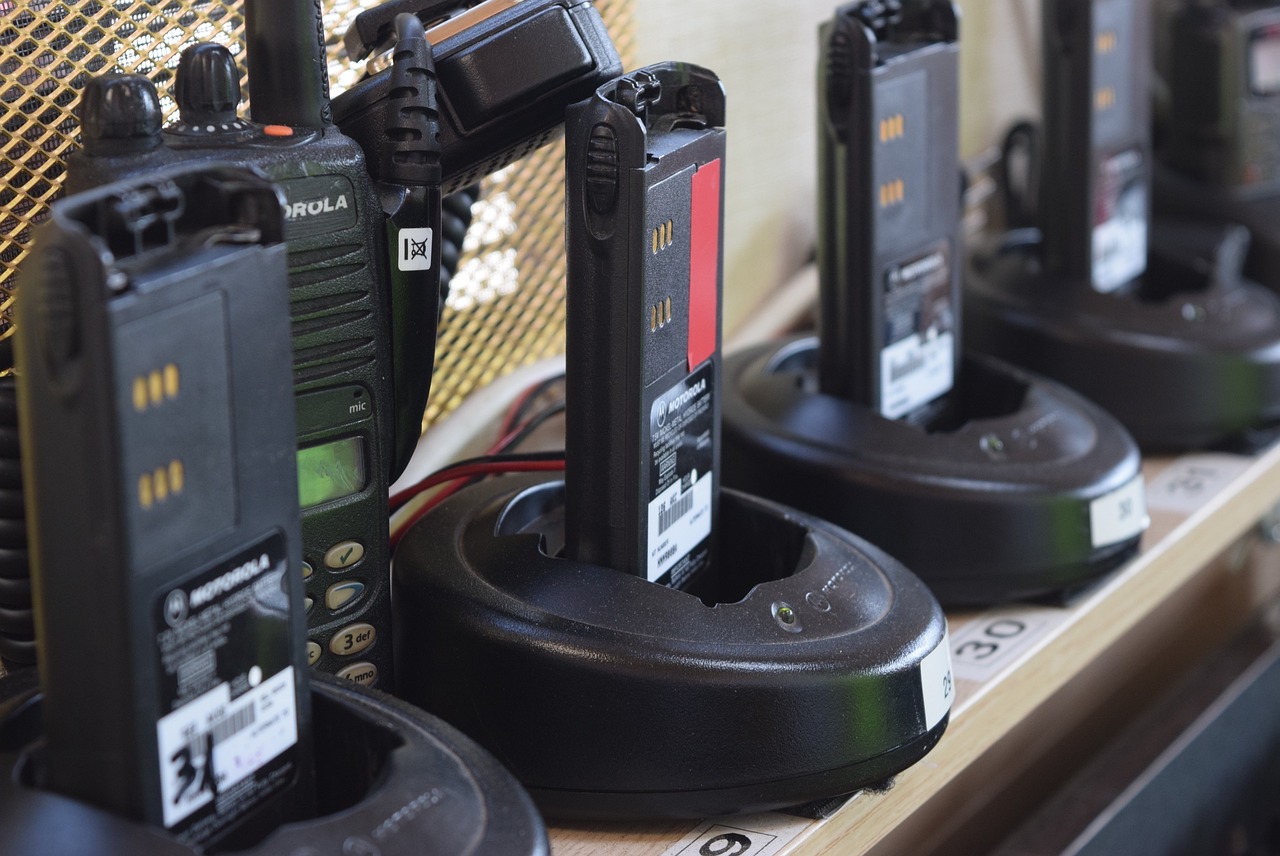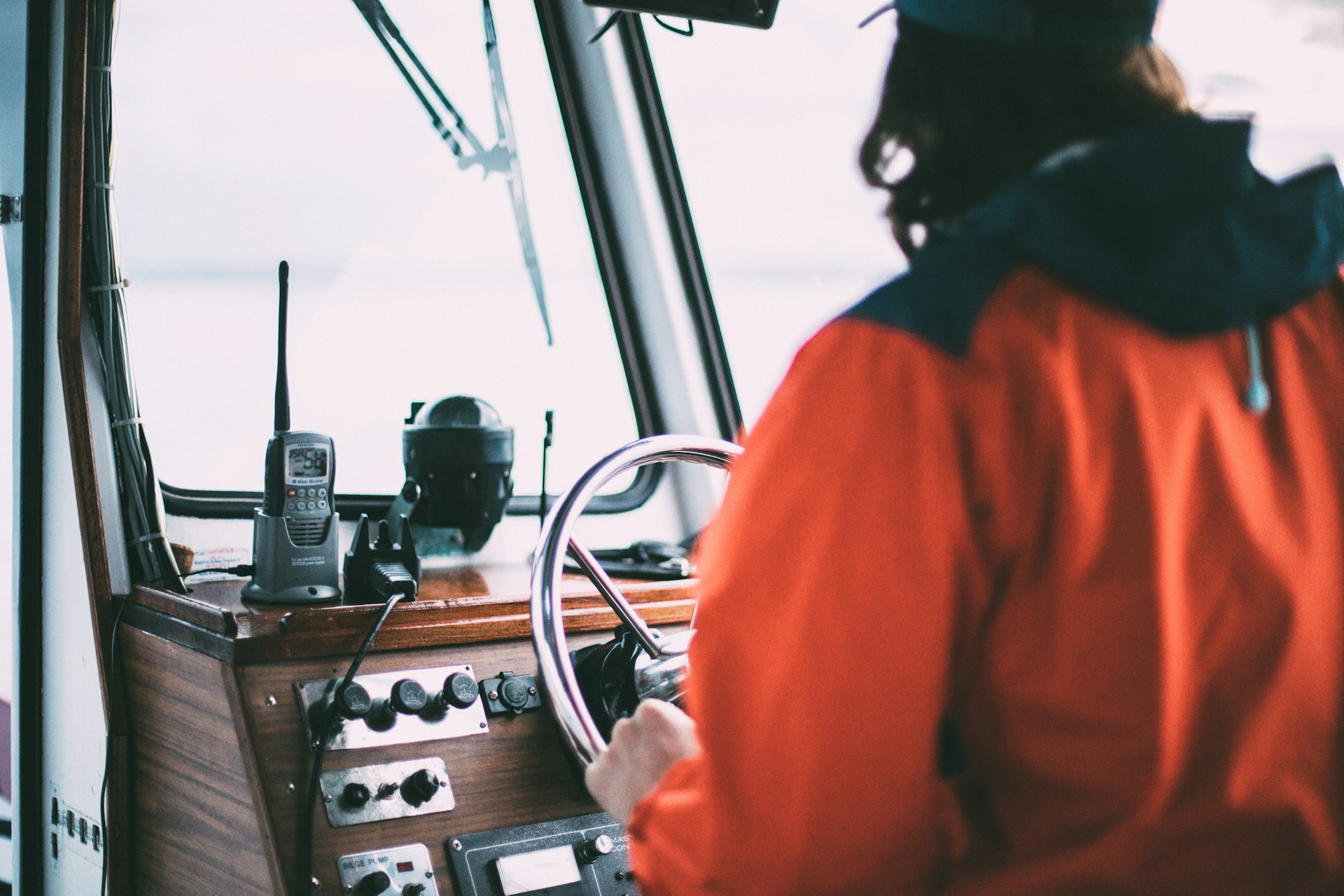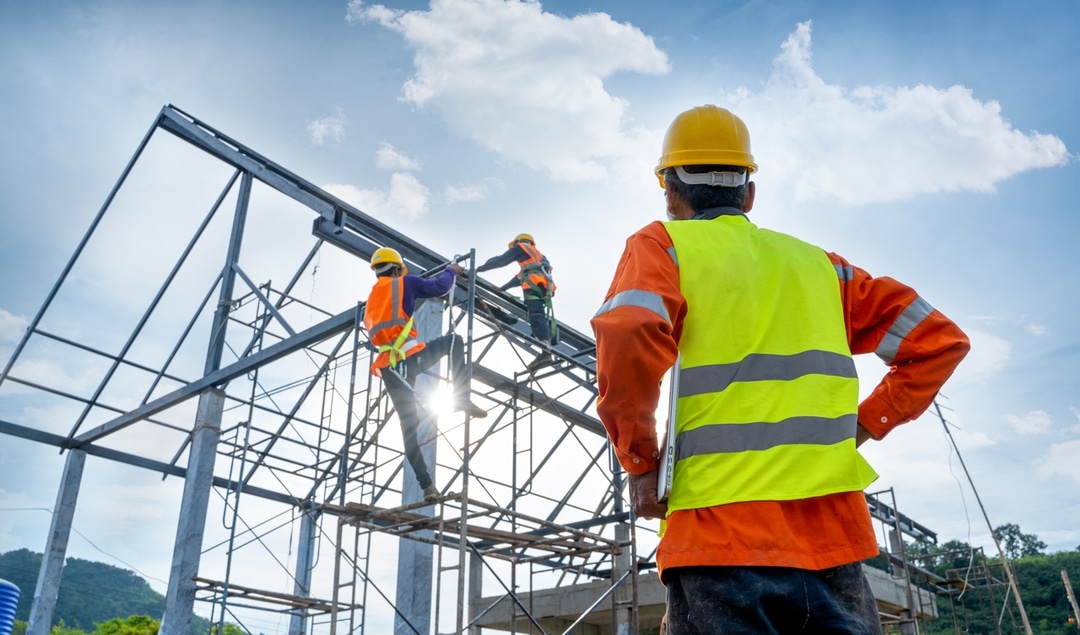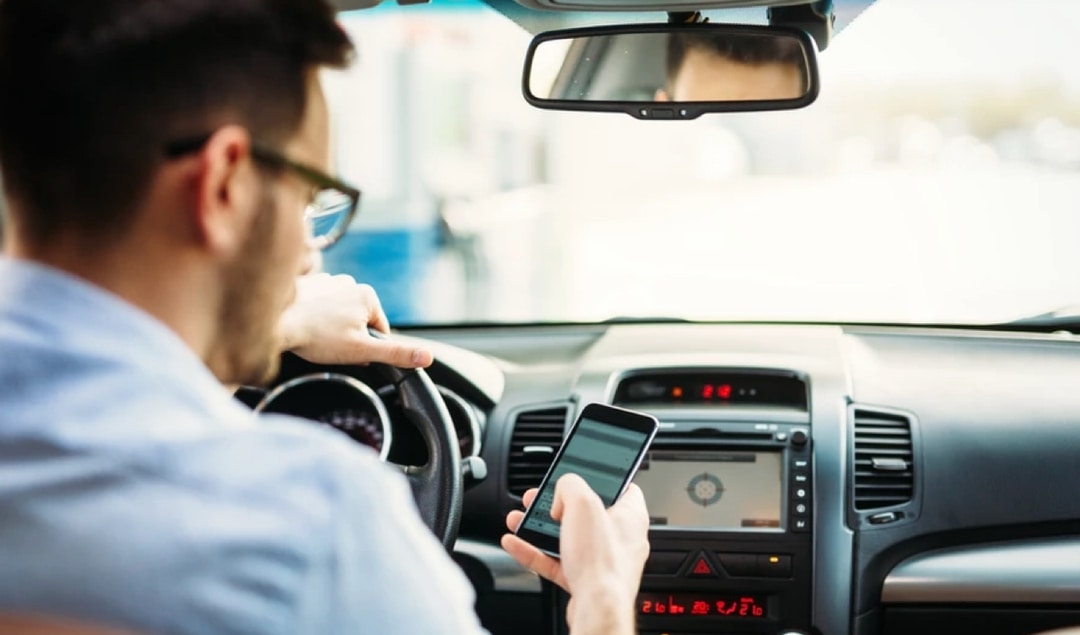Given all the different forms of modern communication, it’s somewhat remarkable that two-way radios have endured for 80 years after they first debuted. Despite being strongly associated with the 20th century, these radios are still vital in many different industries, including in the manufacturing, construction, and emergency sectors.
If you use a two-way radio at work, it’s crucial to know that you cannot use it like you would a smartphone or a landline. Those forms of voice communication let multiple people talk at the same time. On two-way radios, only one person can talk at any given time. Because of this, effective communication requires a bit of a mindset shift. It also requires a bit of two-way radio etiquette that developed over the years to facilitate clear communication on these unique devices.
Proper Radio Usage
Maybe the most important thing to learn for effective two-way radio communication is the unique set of words and phrases that are used for acknowledging another party and what they said. This specialized lingo evolved because some everyday words didn’t sound clear over traditional two-way radios.
Classic radio lingo has been made popular in countless TV shows and movies over the years. While you’ve probably heard some of it before, it can take a while to use it in a way that feels natural. Learning and using the two-way radio rules for this terminology might feel odd at first, but it will help make communication smoother with other people over two-way radio.
Here are a few popular two-way radio terms and their meanings:
- Affirmative: Yes
- Negative: No
- Roger: The message was heard
- Over: I am done speaking for now.
- Wilco: I will follow those instructions.
- Copy: Did you hear my message?
- Out: This conversation is over.
In addition to understanding the lingo, you also need to understand that engaging in a conversation on a two-way radio is very different from talking on a telephone. Instead of being able to speak simultaneously, no one else can be heard when someone is holding down the talk button. Using this system properly requires a change in habits.
A good rule of thumb when using a two-way radio is to always know what you want to say before pressing the talk button. This way, you avoid needlessly blocking the frequency when someone else has something important to say.
When you know what you want to say, press the talk button and identify yourself to get the attention of other people on your frequency. For instance, you could say your name or call sign followed by “over” before releasing the talk button. Once you’ve been acknowledged, you can speak your message.
Try to refrain from talking for long periods of time. Because they only allow one person to speak at a time, two-way radios are best suited for short bursts of information. If you need to send a lot of information or instructions, say “break” after each point and release the talk button. This gives the other party a chance to speak if they have something to contribute after a point you’ve made.
It’s easy to get impatient when waiting for someone else to finish talking. However, it’s a good idea to show some patience and avoid dragging out a conversation or jumping in the middle of a group discussion unless there’s an emergency situation that requires you to say something. It’s good two-way radio etiquette to wait for your call sign before responding in a group chat. You should also be mindful of who is listening and avoid transmitting sensitive information unless there’s a pressing need to do so.
There are also a few best practices that you should keep in mind. In many two-way radio applications, personal names are not used. Instead, users have a distinct call sign. If you are using call signs, commit the important ones to memory and the locations of people associated with each call sign. Also, try to stick to abbreviations used inside your group.
Emergency Procedures
Although you generally want to avoid emergency situations, these are the times when two-way radios become the most useful. Their push-to-talk functionality makes them a much faster form of communication than smartphones or landline phones. Because they aren’t completely dependent on voice or data networks for communication, they offer a huge advantage when a local network is down or overloaded.
Two-way radios are also very easy to use, making them an easy form of communication for anyone who happens to pick them up during an emergency. On top of that, most two-way radios are durable and are capable of withstanding harsh conditions that are often found during a natural disaster.
It’s also important to note that modern two-way radios are more than just walkie-talkies. Most modern radios have text message functionality that allows for discreet communication. Text messages containing important information can also be referred back to later.
To get the most out of your two-way radio during an emergency situation, it’s important to understand all of the functions, especially the emergency functions. Spend some time familiarizing yourself with the two-way radio that you use and read the manual to understand the various features. If your employer hasn’t provided emergency procedure training, ask for training so you can be prepared when disaster strikes.
Some two-way radios have a programmable emergency alert button that can be customized to alert an entire group and the appropriate authorities. Be sure your radios have been properly programmed in accordance with your various emergency plans.
In addition to having plans in place, it’s also important to perform regular emergency drills. These drills allow the people in your company to apply what they’ve learned and work out any kinks in the plans that you’ve developed. These drills can reveal where more emergency planning or training is needed.
Frequency and Channel Management
Communications with a two-way radio is organized into frequencies and channels. Determining two-way radio rules for channel use comes down to how your organization uses these radios to communicate and where work is being performed. For example, some radio frequencies are better for use indoors, while others are better for use outside.
There are three main frequency bands to consider — VHF (Very High Frequency), UHF (Ultra High Frequency), and 900 megahertz. Some radios are designed only to operate in one of these bands, and some can switch among them. Each frequency band has distinct benefits and drawbacks.
- VHF (136-174 MHz): This frequency band is best for use outside, where there are very few, if any, obstructions that might block the signal. VHF frequencies provide maximum range for agriculture, long-haul trucking, and various field operations.
- UHF (403-470 MHz): This frequency band is best for use indoors, where there are many obstructions that could potentially block a radio signal. UHF frequencies provide a reliable signal inside manufacturing facilities, warehouses, hotels, and schools in various industrial operations. These frequencies have a more limited range than VHF frequencies, but they still provide adequate range for many applications. Because of this, UHF is often set as the default frequency band for two-way radios.
- 900 MHz: This high-power frequency band is best for indoor applications where there are significant obstructions to radio signals, such as schools and hotels.
Set up inside frequency bands, channels are partitions for two-way radio signals. Some radios offer only a handful of channels, while others offer an unlimited number of channels.
When a user selects different channels, they select different frequencies, and each channel can be designated for a particular user or group of people. It is similar to the way “groups” on social media can be used to organize people based on personal connections or shared interests. Simply put, channels help to organize and simplify communications.
Standard two-way radio rules for organizing channels are to create one channel for each department or function. For example, a manufacturing company might assign its warehouse to Channel 1, its production line to Channel 2, and its maintenance workers to Channel 3. When someone presses the talk button and speaks, everyone on the channel they are using will hear them. In a way, this can make a two-way radio channel like a selective intercom system where people can self-select what information they want to hear.
As with many other aspects of two-way radio etiquette and two-way radio rules, the use of channels often comes down to the specific nature of a work environment and how a company wants its people to communicate on its radios.
We Can Help You Set Up or Upgrade Your Two-Way Radio Network
At Fleet Radio, we specialize in helping organizations get their two-way radio system up and running. We also help companies upgrade their legacy two-way radio systems with powerful modern radio products. If you would like to learn more about how our experts can help your organization with a modern radio solution, please contact us today for a free consultation with our experts.

